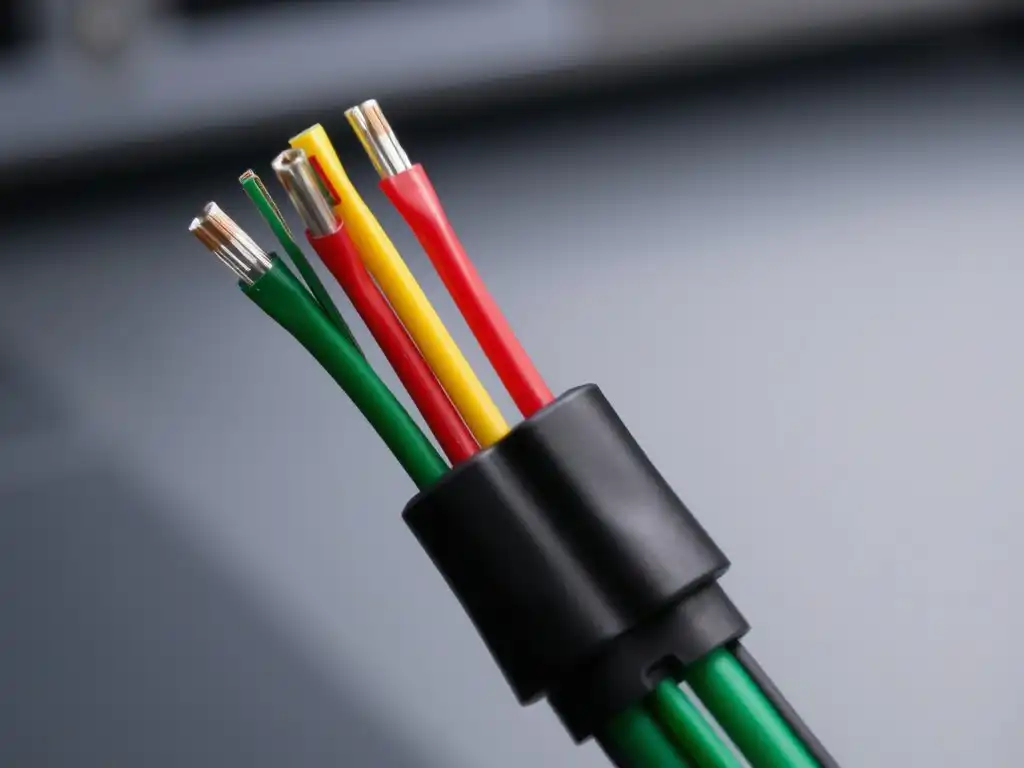Durability is a crucial attribute of cable wire harnesses, especially in applications involving high-stress environments, frequent movement, or exposure to harsh conditions. Increasing the durability of a cable harness can significantly improve the performance and longevity of the entire system. As a specialized cable harness manufacturer, we have extensive experience creating robust, reliable solutions. In this article, we will provide a comprehensive overview of the various strategies for improving the durability of cable wire harnesses.
Understanding the Importance of Durability: Durable cable wire harnesses minimize the risk of electrical failures, system downtime, and costly repairs. With increasing demands for reliability and safety in automotive, aerospace, medical, and industrial machinery, improving cable harness durability cannot be overemphasized.

Key strategies to improve durability:
- Material Selection: Choosing suitable materials is the foundation for improving the durability of cable wire harnesses. Focus on selecting high-quality, specialized conductor and insulation materials.
a. High-grade or tinned copper is used for conductors to improve electrical conductivity and corrosion resistance. In some cases, aluminium can be considered to reduce weight.
b.For insulation, choose durable, heat-resistant materials such as Teflon, silicone, or cross-linked polyethene (XLPE). These materials have excellent resistance to extreme temperatures, chemicals, and abrasion.
2. Protective sleeving and Conduit: Adding an extra layer of protection around the wire can significantly increase durability.
a.Protective Sleeving Braided sleeving or heat shrink tubing provides additional mechanical protection and Conduits relief.
b.Conduitt For added protection against physical damage and environmental exposure, consider enclosing the wire harness in plastic or metal conduit.
3. Strain Relief and Wiring: Proper strain relief mechanisms and wiring practices are critical
a.Strain Relief: Implement strain relief devices such as grommets, bend radius control features, or strain relief boots at connection points to protect wires from mechanical stress.
b.Cabling: Ensure wires are routed away from high-heat areas, moving parts, or sharp edges. Use cable clamps and tie-downs to secure harnesses in place and reduce the potential for abrasion.
4. Shielding and grounding: Shielding and grounding are critical to preventing electromagnetic interference (EMI) and ensuring signal integrity.
a. Shielding: Use braided shielding or foil shielding to prevent EMI. This is especially important in sensitive electronic applications.
b. Grounding: Proper grounding practices help reduce noise and ensure the durability of the harness by minimizing electrical stress.
5. Environmental Considerations: Different environments present various challenges for cable wire harnesses. Consider the specific environmental factors that the harness will encounter
a.Temperature: Use materials that can withstand the operating temperature range of the application.
b.Moisture: Using waterproof or moisture-resistant materials and seals for applications exposed to moisture.
c.Chemical Exposure: In industrial environments where chemical exposure is possible, select chemically resistant materials and protective tubing.
6. Connector Quality and Selection: Connectors are often the weakest link in a cable harness. Select a high-quality connector that meets the requirements of the application
a.Sealing: Ensure the connector has sufficient sealing performance to prevent moisture intrusion.
b.Locking mechanism: Use robust connectors to enhance mechanical stability.
7. Quality Manufacturing Process: Working with specialized manufacturers ensures your cable wire harness meets the highest standards.
a.Precision Cutting and Stripping: Precision cutting and stripping prevent scratches and damage that could affect durability.
b.Reliable crimping and soldering: Ensure consistent and safe crimping and soldering processes to avoid weak joints.
c.Testing and Inspection: Rigorous testing protocols such as continuity testing, insulation resistance testing, and environmental simulation testing are implemented to ensure the durability of the wire harness.

As an experienced cable harness manufacturer, we bring several advantages to your project.
- Expertise and customization: We offer solutions tailored to your needs, from material selection and design to final assembly.
2. Advanced Technology: Our state-of-the-art manufacturing facilities and cutting-edge technology ensure accuracy and consistency.
3. Quality Assurance: Our adherence to strict quality standards and industry certifications guarantees the highest durability and performance.
4. Technical Support: Our dedicated technical support team is always available to answer any questions or challenges.
Improving the durability of cable wire harnesses is a multi-faceted approach that includes careful material selection, proper protection, effective stress relief, and quality manufacturing processes. By considering environmental considerations and choosing high-quality connectors, you can significantly improve the life and reliability of your harnesses. Working with a specialized cable harness manufacturer like us ensures you benefit from tailored solutions, advanced technology, and stringent quality assurance. Trust our expertise to deliver durable, high-performance cable wire harnesses that meet the needs of your application.



